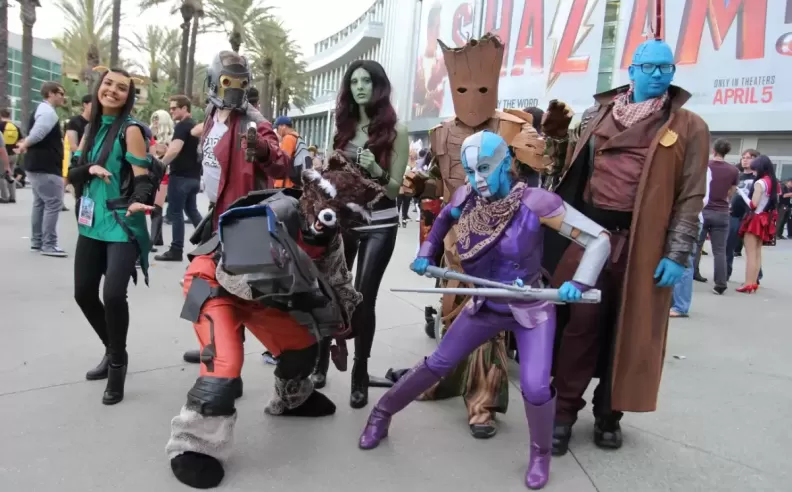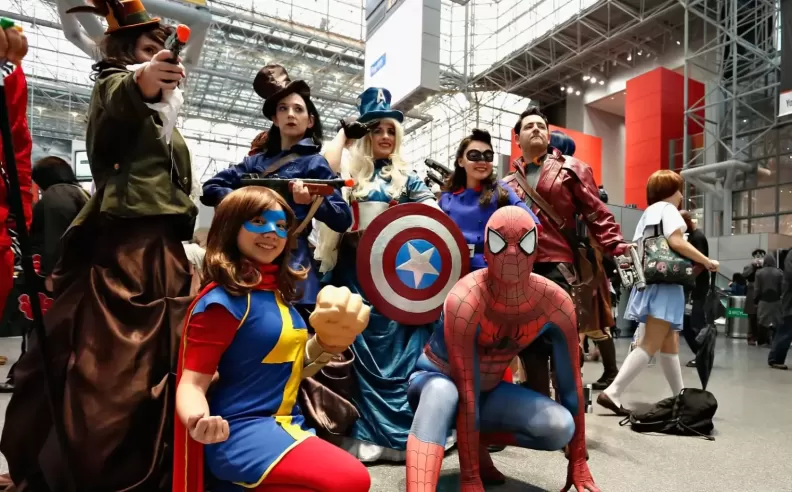
Cosplay, once a niche activity confined to small fan conventions, has exploded into a mainstream phenomenon, captivating audiences and creatives alike. With the rise of genre content like science fiction, fantasy, and superhero films, cosplay has found its place in the cultural spotlight. This blend of creativity and fandom has shifted from being a quirky subculture to a celebrated form of self-expression.

During the late 1990s and early 2000s, television creators started to explore long, serialized storylines, changing the way people engaged with science fiction and fantasy content. Shows like Babylon 5 and Deep Space 9 led the way, setting the stage for major blockbuster films such as The Lord of the Rings, Harry Potter, and superhero franchises like Spider-Man and X-Men. As these films and shows gained mass popularity, fans found themselves with a wealth of characters to emulate, paving the way for cosplay's mainstream appeal.

In the 2010s, fans were treated to a plethora of high-concept genre content like The Walking Dead, Game of Thrones, Marvel's Cinematic Universe, and Stranger Things. With the rise of these shows came the growth of fan conventions, where cosplay became a regular feature. Fans dressed up as their favorite characters from movies, TV shows, comics, and video games, sharing their passion with others. The accessibility of materials and resources also made cosplay more achievable, fueling its widespread growth.

As video games evolved with more complex narratives and open-world environments, they became an integral part of the cosplay community. Games like Destiny, Halo, and Fallout inspired fans to create detailed costumes, embodying the characters they controlled for hours in gameplay. Similarly, anime grew in popularity, providing endless character designs for cosplayers to replicate. The emotional investment in these digital worlds translated into the real world, as players took their love of the medium to conventions and events.

Shows like The Big Bang Theory and Community featured cosplay as part of their narratives, normalizing the hobby for broader audiences. Additionally, reality TV shows like Heroes of Cosplay showcased the skill and artistry behind costume-making, introducing the craft to new viewers. Viral social media moments, such as cosplayers Jessica Nigri and Alyson Tabbitha, further pushed cosplay into the spotlight, showing off the creativity and dedication of these artists.
The rise of social media, the DIY movement, and the growth of fan communities have all contributed to cosplay’s mainstream success. Once viewed as a fringe activity, cosplay is now celebrated for its artistry, creativity, and fandom. Conventions around the world attract thousands of cosplayers who proudly showcase their costumes, proving that the culture of cosplay is here to stay.
In today’s world, cosplay is not just about dressing up; it's a statement of passion and creativity that connects fans across the globe, making it a permanent fixture in popular culture.

Started my career in Automotive Journalism in 2015. Even though I'm a pharmacist, hanging around cars all the time has created a passion for the automotive industry since day 1.
